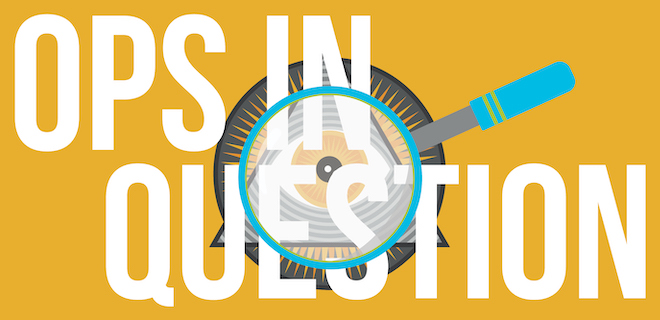
By leveraging the combined data of TransUnion and Neustar, the TruAudience enhanced identity graph boosts scale and accuracy, resulting in better recommendations for marketers.
Today’s successful marketing strategies rely on accurate targeting and personalization. Marketers who don’t have both aren’t likely to meet their KPIs.
TransUnion’s updated identity graph includes data representing 98% of the US population and with the help of advanced AI, it will deliver more precise identity resolution and better demographic enrichment. The new and improved identity graph leverages advanced AI by clustering and scoring identities.
Now with detailed demographics, incorporating life events and interests, the identity graph provides buyers and sellers with tools to create highly relevant and engaging campaigns. The expanded reach allows for more personalized content and improves the overall quality of consumer insights.
We spoke with Michael Schoen, EVP and Head of TruAudience marketing solutions at TransUnion about the company’s new identity resolution product, how they’re building the future of addressability, and how it can benefit advertisers and publishers alike.
Yakira Young: With the identity graph now covering 98% of the U.S. adult population, how does this extensive reach impact the accuracy and effectiveness of targeted advertising for publishers?
MS: The TransUnion identity graph’s 98% coverage ensures widespread reach for users, significantly improving precision and effectiveness. As a unified, offline-online identity graph, we can connect together a wide variety of consumer touchpoints and enable the measurement of media tied to conversions.
With an impressive persistence rate of 99.5%, it offers a dependable perspective on individuals, enhancing the accuracy of targeted efforts. Publishers who leverage TruAudience marketing solutions receive increased access to marketable phone numbers and targetable IP addresses.
YY: Given the surge in IP addresses and device IDs linked to U.S. households, what new opportunities does this open in terms of personalized content delivery and monetization?
MS: The increase in data presents new opportunities for businesses to customize delivery more precisely, leading to more relevant content across different devices. Richer data benefits advertisers and content creators by enabling more effective audience segmentation. This deeper engagement enhances user experience and creates opportunities for effective monetization with genuine customers.
YY: Can you explain how the advanced AI used in TransUnion’s upgraded identity graph enhances identity resolution and demographic enrichment for ad tech purposes?
MS: TransUnion uses advanced AI in a four-stage methodology.
- The process begins with the collection of consumer data.
- Followed by the application of matching algorithms to eliminate duplicates and establish a unified view.
- The AI clusters data into individual profiles and households, offering a thorough understanding of consumer behavior.
- By scoring identities based on data reliability, the enhanced identity graph attains heightened scale, precision, and effectiveness in ad targeting and the delivery of personalized content.
YY: TransUnion’s collaboration with The Truthset Data Collective seems to underscore a commitment to data accuracy. How does this partnership enhance the reliability of data used in ad targeting?
MS: TransUnion’s partnership with The Truthset Data Collective highlights our commitment to accurate data for ad targeting. This ensures that advertisers have a reliable foundation for targeting strategies and improved precision in reaching the desired audience.
TransUnion remains dedicated to high accuracy levels and transparency, as seen through the exposure of linkage scores to customers. The verification of the graph by Truthset, along with its application in critical areas like marketing measurement, fraud, and compliance, strengthens the accuracy of its performance.
This partnership also helps us identify areas for improvement, where we can iteratively improve our methodology or bring in incremental data sources.
YY: Looking towards the future, how does TransUnion plan to evolve its identity graph to keep pace with emerging trends and technologies in the ad tech space?
MS: TransUnion is adjusting its identity graph to navigate changes in the ad tech landscape, especially with the upcoming removal of third-party cookies in Google Chrome. The company is dedicated to a privacy-first marketing approach for scalability and precision without third-party cookies.
Our approach is anchored on using multiple identifiers and cloud-based integrations for identity translation, interoperability, and activation. These efforts address security, privacy, and governance concerns to meet challenges from evolving privacy trends, legislation, and emerging technologies. The identity graph will evolve in alignment with changing needs, emphasizing streamlined processes for improved efficiency.